- Bespoke
- Shop
- Gallery
- Testimonials
- Journal
- About
- Contact
Over time, diamonds can get dirty. This is partly because they have an affinity for grease and oils. They pick up oil from your hands and this attracts dust and dirt to collect on the oil. When a diamond is dirty it can appear dull and can cause inclusions (small imperfections) to become more obvious to the human eye.
When a diamond is exposed to oils from certain soaps and shower gels, it can cause a film to build up over time. This film attracts dirt which causes the diamond to appear dull. To ensure your diamond maintains its brilliance and sparkle over time, it is best practice to take it off and store it in a safe spot before showering.
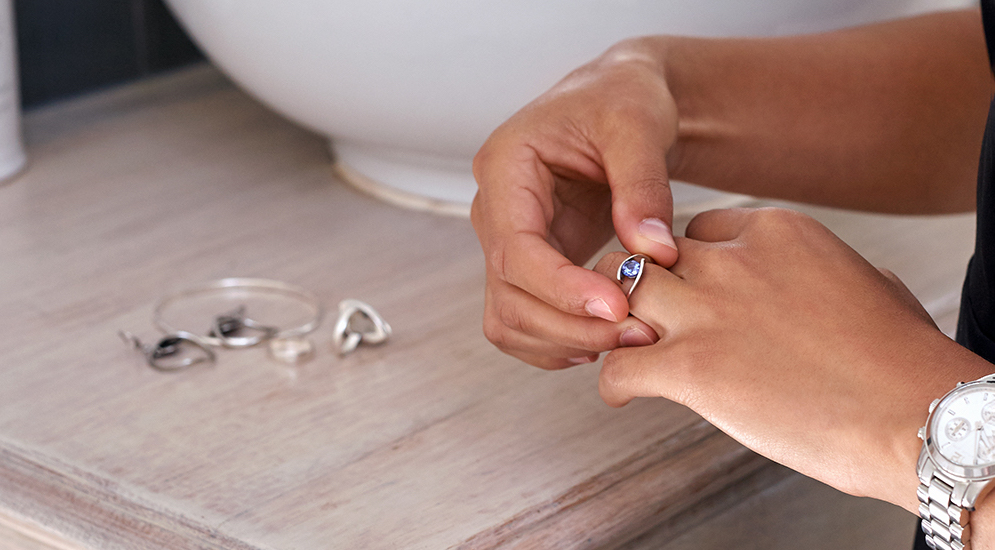
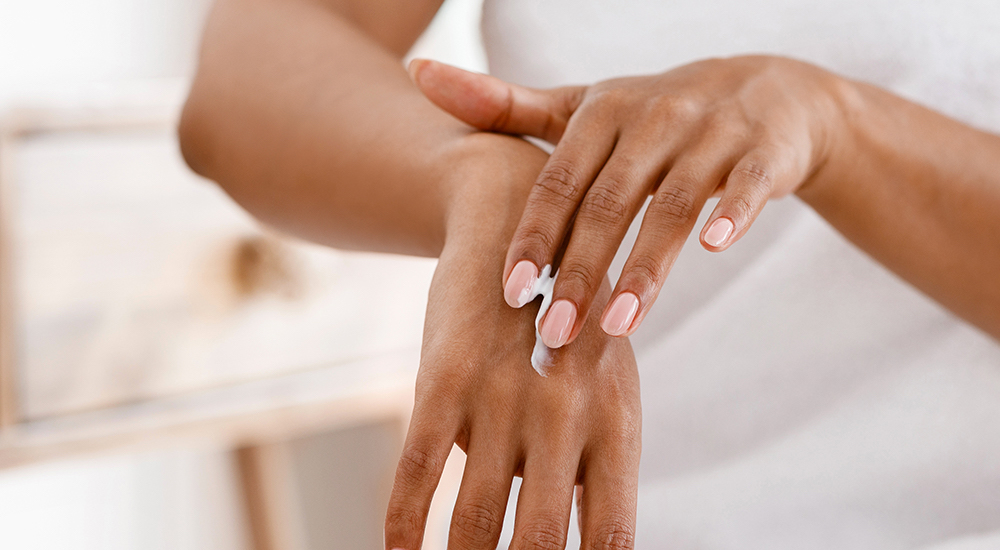
They may be great for your skin, but your daily moisturiser, sun cream and lotions aren’t so great for your jewellery. Like oily soaps, creams and lotions can cause build-up and dull your stone over time. To avoid this from happening, remove your ring when applying creams and lotions and wait until your hands are completely dry before popping your ring back on.
It is also a good idea to avoid perfumes, hairspray and makeup from coming into direct contact with your jewellery. Over time they can tarnish the prongs, clasps and bands which hold the diamond in place.

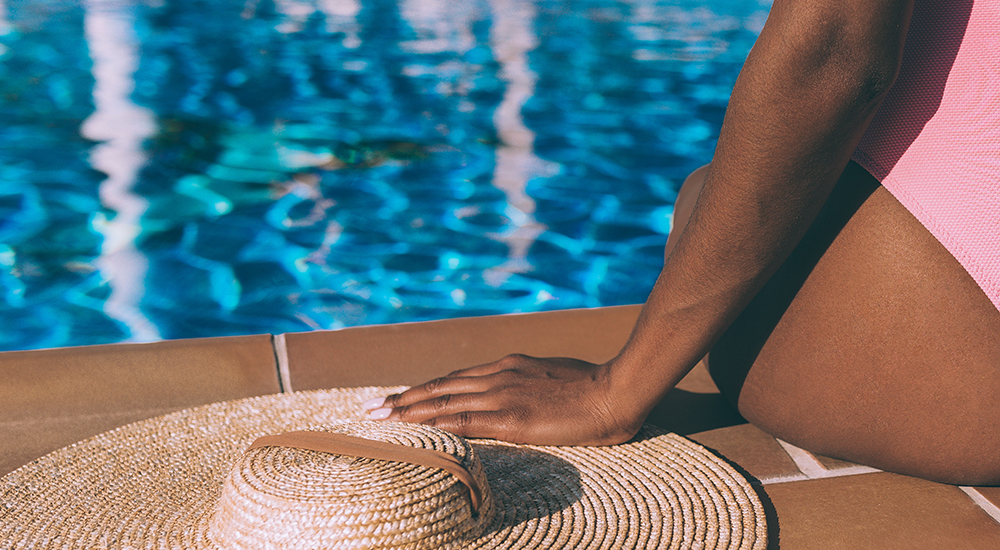
Prolonged exposure to chlorine can damage and discolour the metal of your jewellery. It can also cause pitting corrosion on gold alloys, which weakens the alloy and increases the likelihood of losing a stone. On top of this, cold water can cause your fingers to shrink, making it much easier for a loose engagement ring to slip off – so the ocean is also off limits for precious jewellery.
To keep your jewellery safe and in good condition for eternity, it must be stored correctly. Storing your jewellery in a clean, dry place away from extreme temperatures, humidity, direct sunlight and harsh chemicals will prevent it from deteriorating over time. Diamonds can also damage other diamonds, gemstones and metals which is why we recommend jewellery boxes with individual plush-lined compartments to avoid the jewellery becoming scratched.
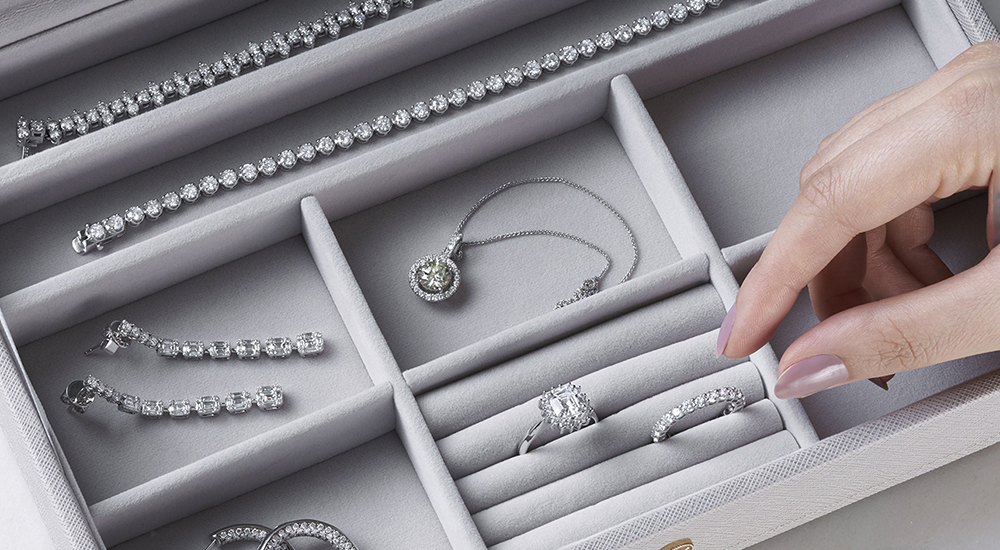
The safest way to clean your diamond at home is to soak it in warm water and a gentle degreasing solution, such as a mild soap or detergent.
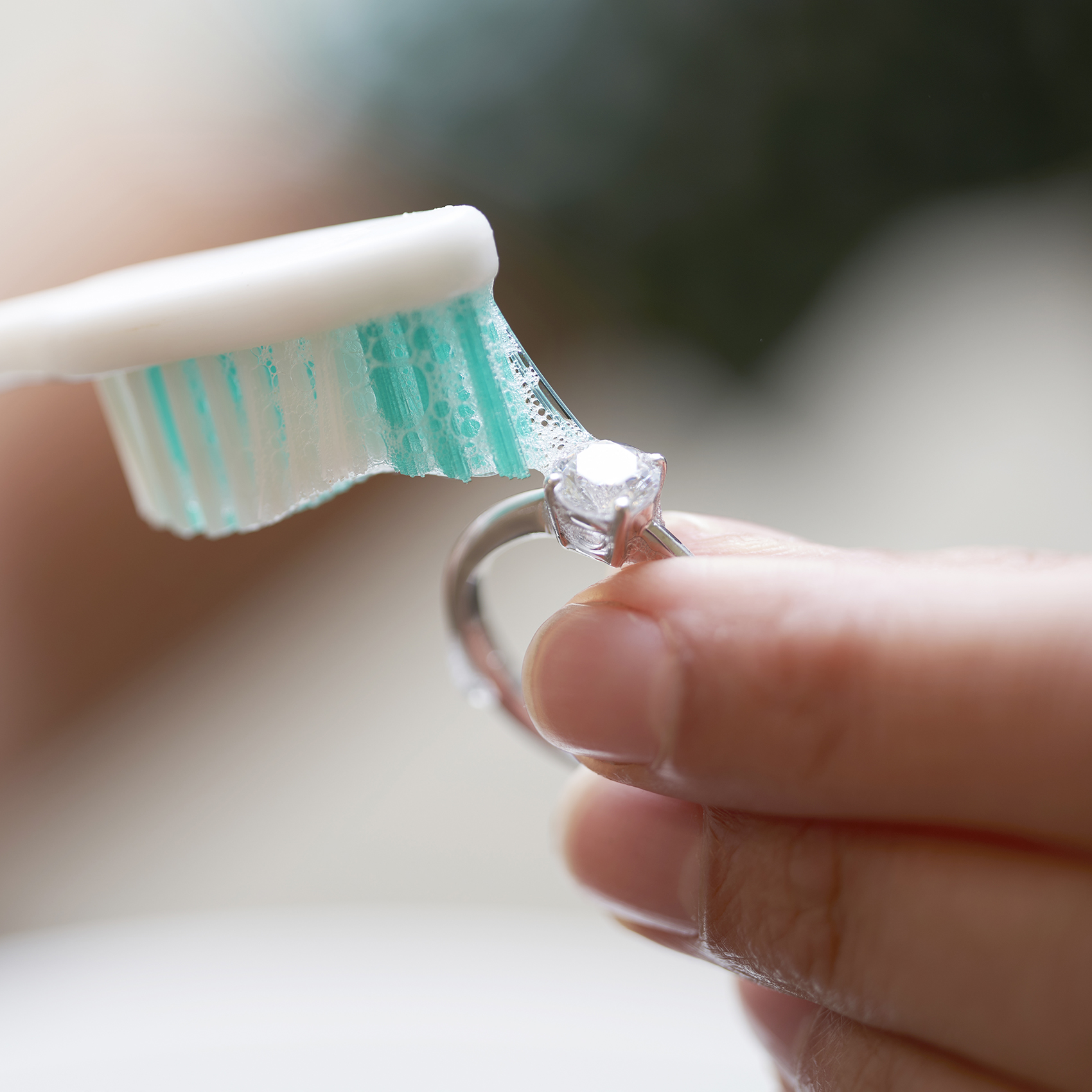
Your request has been sent,
we’ll be in touch soon.
Send a hint to someone telling them you like this piece.
Good luck :)
 Download our size guide to print.
Download our size guide to print.
Don’t worry if you’re not sure about your size right now, complete the checkout and we’ll get in touch to help you find out your ring size
What colour is a diamond? Many say they’re colourless, however, look closely and most contain subtle tints of yellows, soft pinks and rich browns. Truly colourless diamonds are known as white diamonds and are extremely rare and the most valuable. Diamond colour is graded from D to Z – D being the whitest, most colourless diamond and Z containing noticeable yellow, brown or pink tints. The letters D to Z represent a range of colour based on a combination of tone, lightness or darkness and saturation.
Cut
Diamond cut refers to the arrangement of a diamond’s facets. A diamond’s cut is often mistaken as meaning its shape (oval, pear, etc), but a diamond’s cut grade is actually about how well the facets interact with light.
Polish
Polish refers to the overall smoothness and condition of the diamond’s surface. It’s rare for a diamond to have a perfect polish. More often, they have tiny imperfections not visible to the naked eye.
Symmetry
Symmetry refers to how well-aligned the diamond's facets are. Symmetry, on the other hand, refers to the exactness of shape, overall outline, placement and alignment of individual facets.
The gradings provided by the GIA go from poor to excellent. If you select an SI clarity, we will provide Very Good cut, polish and symmetry. If you select a VS1 clarity, we will provide Excellent cut, polish and symmetry.